#ai models
Text

#beauty ai#ai girls#ai sexy#asian ai#aigirls#ai babes#ai models#ai hot girls#ai art girls#ai image girls#ai sexy woman#ai sexy women
7 notes
·
View notes
Text



"You can sit with us as much as you like."
#Sarah Jane#nerm candy#nermcandy#ai art#anime babes#ai women#ai babes#ai models#ai art gallery#ai art generator#aiartcommunity
9 notes
·
View notes
Text



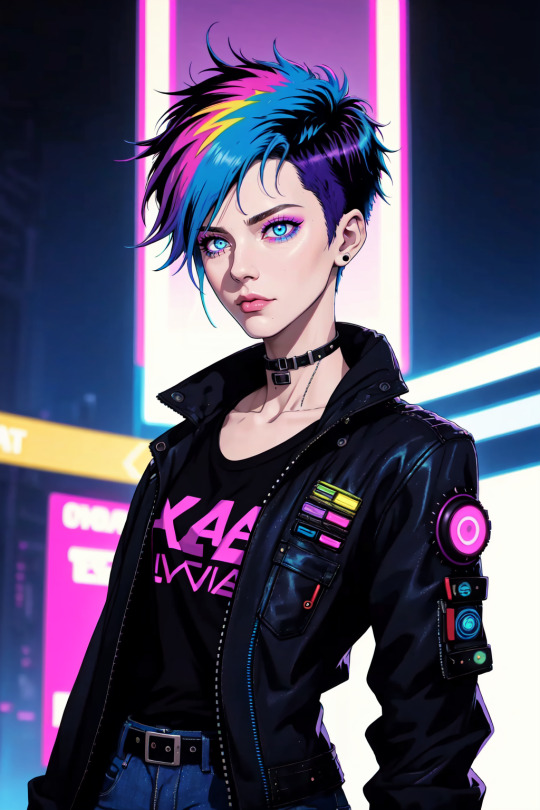













SplatterPunk Illustration - Available here (Civitai)
Stable Diffusion 1.5
Cyberpunk/Vaporwave Themes
For more AI Discussion & Model Help Visit Here
#stable diffusion#midjourney#ai art#ai artwork#aiartcommunity#ai artist#generative ai#ai generated#ai image#artificial intelligence#midjourney ai#sdxl#civitai#stable diffusion 1.5#custom stable diffusion#sd checkpoint#sd models#ai models#synthwave#vaporwave#cyberpunk#anime#illustration
3 notes
·
View notes
Text
AI models that don’t violate copyright are getting a new certification label - The Verge
Yes! Finally!
6 notes
·
View notes
Text



AI ART LOOKBOOK VIDEOㅣCute Girl Push-Up Challengeㅣ팔굽혀 펴기 5개를 도전하다ㅣ可愛い少女の腕立て伏せに挑戦です
#youtube#ai art#ai girl#mature woman#ai anime#ai lady#ai model#cute#woman#ai image#sexy content#sexy titts#sexy breast#sexy pose#beautiful#beauty#gorgeous#ai models#ai generated#seethrough#jessica ai
6 notes
·
View notes
Text

3 notes
·
View notes
Text

Rebecca Lauren
💗💗
Sharing My Hot Photo Set
Check them out here https://bit.ly/47h5vki
6 notes
·
View notes
Text

Oh man, training Ais is JUST AS FUN as i was hoping it would be!!
Currently working on a Blaise Zambini model, for The Muddy Princess Audiobook Podfic adaptation
Ai training is so funny. Very first image was a guy struggling inside a pair of pants. Second was a deserted dystopian cityscape (what the heck?). But after that... It keeps improving the more successful files I add to the directory!
First Gen Training, 2 hours:





Second Gen, 1 hour:

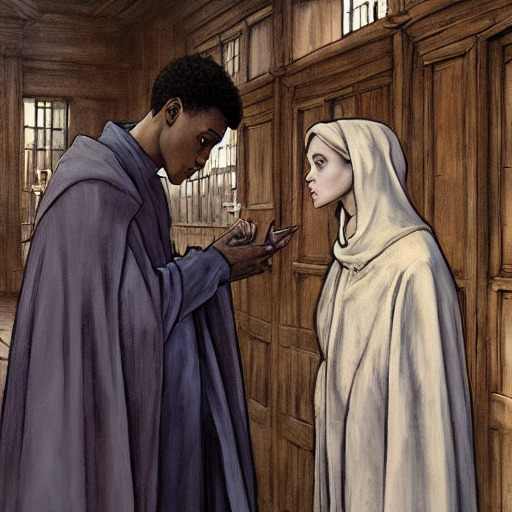


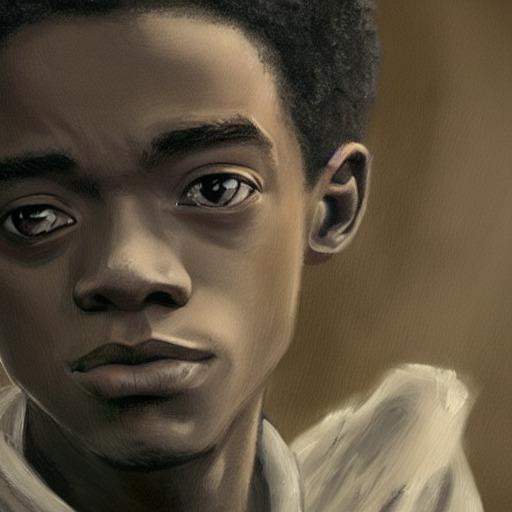
Oh boy we're getting there!
Third Gen

This... This is my Blaise Zambini!!

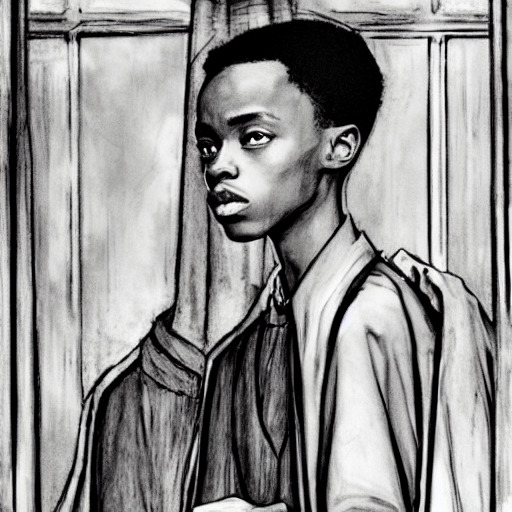

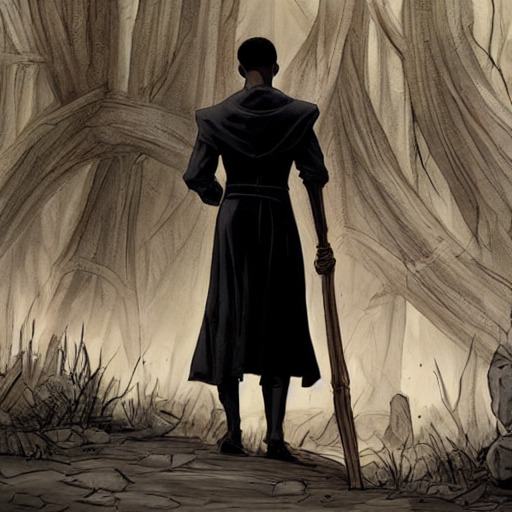

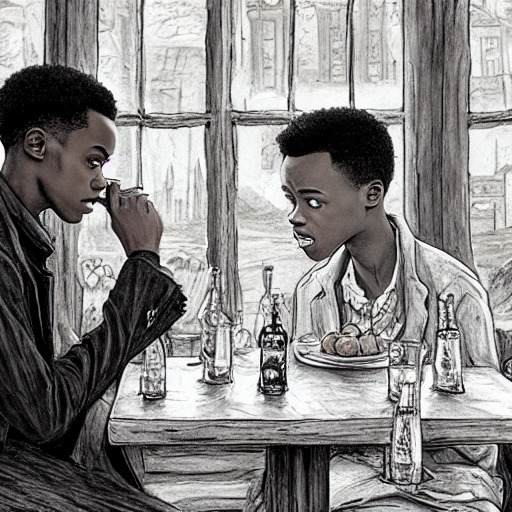
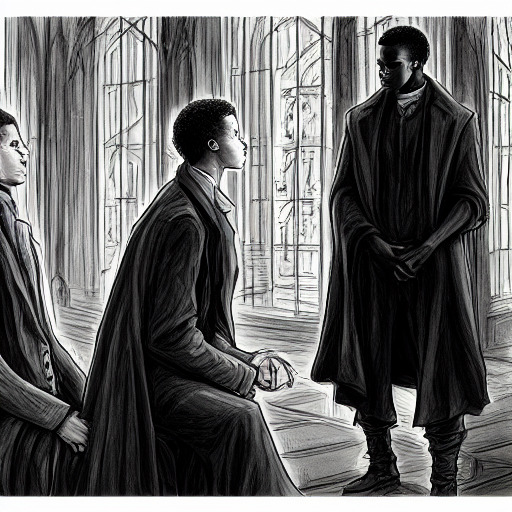



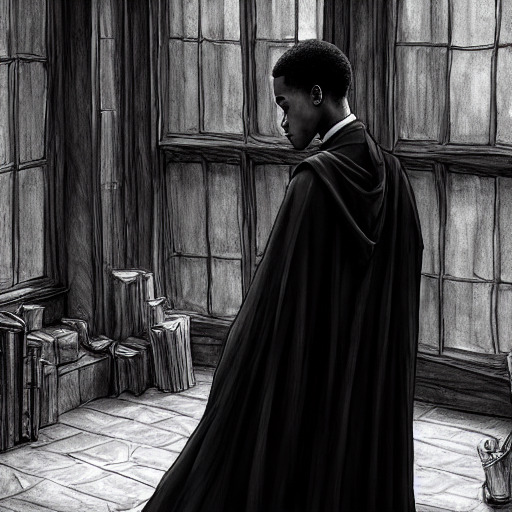


So happy with how its going! Ai HP Cast Creator, here we come!!
#fanfic#podfic#ai artwork#ai art#the muddy princess#ai generated#dramione#blaise zabini#ai models#ai training#harry potter fanart#blaise fanart
3 notes
·
View notes
Text




weekends are more fun
#mine#unreality#fake people#ai people#ai models#trashy y2k#y2kcore#urbancore#cityscapes#mid journey#midjourney#ai generated#ai photography#city photography#streetscapes#nighttime#after hours#industrial#alternative fashion#weirdcore#surrealism#artsy
2 notes
·
View notes
Text

A loop of varying outputs. Randomness is a fundamental part of AI art generation.
55 notes
·
View notes
Text
I was meeting a client at a famous museum’s lounge for lunch (fancy, I know) and had an hour to kill afterwards so I joined the first random docent tour I could find. The woman who took us around was a great-grandmother from the Bronx “back when that was nothing to brag about” and she was doing a talk on alternative mediums within art.
What I thought that meant: telling us about unique sculpture materials and paint mixtures.
What that actually meant: an 84yo woman gingerly holding a beautifully beaded and embroidered dress (apparently from Ukraine and at least 200 years old) and, with tears in her eyes, showing how each individual thread was spun by hand and weaved into place on a cottage floor loom, with bright blue silk embroidery thread and hand-blown beads intricately piercing the work of other labor for days upon days, as the labor of a dozen talented people came together to make something so beautiful for a village girl’s wedding day.
What it also meant: in 1948, a young girl lived in a cramped tenement-like third floor apartment in Manhattan, with a father who had just joined them after not having been allowed to escape through Poland with his pregnant wife nine years earlier. She sits in her father’s lap and watches with wide, quiet eyes as her mother’s deft hands fly across fabric with bright blue silk thread (echoing hands from over a century years earlier). Thread that her mother had salvaged from white embroidery scraps at the tailor’s shop where she worked and spent the last few days carefully dying in the kitchen sink and drying on the roof.
The dress is in the traditional Hungarian fashion and is folded across her mother’s lap: her mother doesn’t had a pattern, but she doesn’t need one to make her daughter’s dress for the fifth grade dance. The dress would end up differing significantly from the pure white, petticoated first communion dresses worn by her daughter’s majority-Catholic classmates, but the young girl would love it all the more for its uniqueness and bright blue thread.
And now, that same young girl (and maybe also the villager from 19th century Ukraine) stands in front of us, trying not to clutch the old fabric too hard as her voice shakes with the emotion of all the love and humanity that is poured into the labor of art. The village girl and the girl in the Bronx were very different people: different centuries, different religions, different ages, and different continents. But the love in the stitches and beads on their dresses was the same. And she tells us that when we look at the labor of art, we don’t just see the work to create that piece - we see the labor of our own creations and the creations of others for us, and the value in something so seemingly frivolous.
But, maybe more importantly, she says that we only admire this piece in a museum because it happened to survive the love of the wearer and those who owned it afterwards, but there have been quite literally billions of small, quiet works of art in billions of small, quiet homes all over the world, for millennia. That your grandmother’s quilt is used as a picnic blanket just as Van Gogh’s works hung in his poor friends’ hallways. That your father’s hand-painted model plane sets are displayed in your parents’ livingroom as Grecian vases are displayed in museums. That your older sister’s engineering drawings in a steady, fine-lined hand are akin to Da Vinci’s scribbles of flying machines.
I don’t think there’s any dramatic conclusions to be drawn from these thoughts - they’ve been echoed by thousands of other people across the centuries. However, if you ever feel bad for spending all of your time sewing, knitting, drawing, building lego sets, or whatever else - especially if you feel like you have to somehow monetize or show off your work online to justify your labor - please know that there’s an 84yo museum docent in the Bronx who would cry simply at the thought of you spending so much effort to quietly create something that’s beautiful to you.
#shut up e#long post#Saturday thoughts#this has been in my drafts for a week haha#also this is the heart of why AI art feels so wrong#forget the discussion of copyright and theft etc - even if models were only trained on public domain they would still feel very wrong#because they’re not art. art is the labor of creation#even commercial art and art commissioned by the popes and kings of history: there is humanity in the labor of it#unrelated: I did not know living in the Bronx was now something to brag about. How the fuck do y’all New Yorkers afford this city???
26K notes
·
View notes
Text
1000 AI-powered machines: Vision AI on an industrial scale
New Post has been published on https://thedigitalinsider.com/1000-ai-powered-machines-vision-ai-on-an-industrial-scale/
1000 AI-powered machines: Vision AI on an industrial scale
This article is based on Bart Baekelandt’s brilliant talk at the Computer Vision Summit in London. Pro and Pro+ members can enjoy the complete recording here. For more exclusive content, head to your membership dashboard.
Hi, I’m Bart Baekelandt, Head of Product Management at Robovision.
Today, we’re going to talk about the lessons we’ve learned over the last 15 years of applying AI to robots and machines at scale in the real world.
Robovision’s journey: From flawed to fantastic
First, let’s look at what these machines were like in the past.
15 years ago, our machine was very basic with extremely rudimentary computer vision capabilities. It used classical machine vision techniques and could only handle very basic tasks like recognizing a hand. Everything was hard-coded, so if you needed the machine to recognize something new, you’d have to recode the entire application. It was expensive and required highly skilled personnel.
Nowadays, we don’t have just one machine – we have entire populations of machines, with advanced recognition capabilities. There’s a continuous process of training AI models and applying them to production so the machines can tackle the problem at hand.
For example, there are machines that can take a seedling from a conveyor belt and plant it in a tray. We have entire fleets of these specialized machines. One day they’re trained to handle one type of seedling, and the next day they’re retrained to perform optimally for a different variety of plant.
So yeah, a lot has happened in 15 years. We’ve gone from initially failing to scale AI, to figuring out how to apply AI at scale with minimal support from our side. As of today, we’ve produced over 1000 machines with game-changing industrial applications
Let’s dive into a few of the key lessons we’ve picked up along the way.
Lesson one: AI success happens after the pilot
The first lesson is that AI success happens after the pilot phase. We learned this lesson the hard way in the initial stages of applying AI, around 2012.
Let me share a quick anecdote. When we were working on the machine that takes seedlings from a conveyor belt and plants them in trays, we spent a lot of time applying AI and building the algorithm to recognize the right breaking point on each seedling and plant it properly.
Eventually, we nailed it – the algorithm worked perfectly. The machine builder who integrated it was happy, and the customer growing the seedlings was delighted because everything was functioning as intended.
However, the congratulations were short-lived. Within two weeks, we got a call – the system wasn’t picking the seedlings well anymore. What had happened? They were now trying to handle a different seedling variety, and the images looked just different enough that our AI model struggled. The robot started missing the plants entirely or planting them upside down.
We got new image data from the customer’s operations and retrained the model. Great, it worked again! But sure enough, two weeks later, we got another call reporting the same problem all over again.
This highlighted a key problem. The machine builder wanted to sell to many customers, but we couldn’t feasibly support each one by perpetually retraining models on their unique data. That approach doesn’t scale.
That painful lesson was the genesis of our products. We realized the end customers needed to be able to continuously retrain the models themselves without our assistance. So, we developed tooling for them to capture new data, convert it to retrained models, deploy those models to the machines, and interface with the machines for inference.
Our product philosophy stems directly from those harsh real-world lessons about what’s required to successfully scale AI in real-world production.
Lesson two: It’s about getting the odd couple to work together
When you’re creating working AI solutions at scale, there typically are two types of people involved. They’re your classic “odd couple,” but they need to be able to collaborate effectively.
On one hand, you have the data scientists – they generally have advanced degrees like Masters in Engineering or even PhDs. Data scientists are driven by innovation. They live to solve complex problems and find solutions to new challenges.
Once they’ve cracked the core issue, however, they tend to lose interest. They want to move on to the next big innovation, rather than focusing on continuous improvement cycles or incremental optimizations
On the other hand, you have the machine operators who run the manufacturing systems and processes where AI gets applied at scale – whether that’s a factory, greenhouse, or another facility.
The machine operators have intricate knowledge of the products being handled by the machines. If you’re deploying AI to handle seedlings, for example, no one understands the nuances, variations, and defects of those plants better than the operator.
This post is for paying subscribers only
Subscribe now
Already have an account? Sign in
#agriculture#ai#ai model#AI models#AI-powered#algorithm#applications#approach#Article#Building#Capture#classical#collaborate#computer#Computer vision#content#continuous#dashboard#data#deployment#engineering#game#greenhouse#hand#Head of Product Management#how#how to#images#Industries#inference
0 notes
Text





Ai country girls and trucks
#ai girls#ai generated#ai model#ai models#ai artwork#country girls#ai country girls#country#pick up trucks#pick up#trucks#girls and trucks
7 notes
·
View notes
Text
Tips for Mastering Prompt Engineering Techniques Enhancing AI Models for Better Performance
At The DataTech Labs, we understand the significance of mastering prompt engineering techniques in enhancing the performance of AI models. Prompt engineering plays a crucial role in guiding generative AI models to produce desired outputs effectively. In this blog post, we’ll explore valuable tips and strategies to help you master prompt engineering techniques and elevate the performance of your AI models.
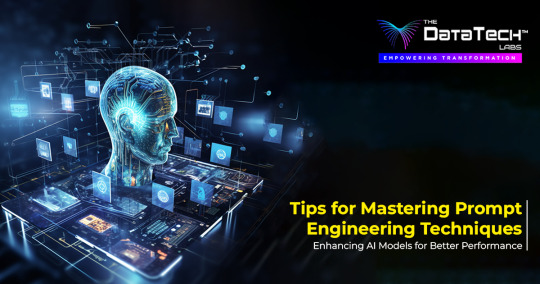
0 notes
Text










2 notes
·
View notes